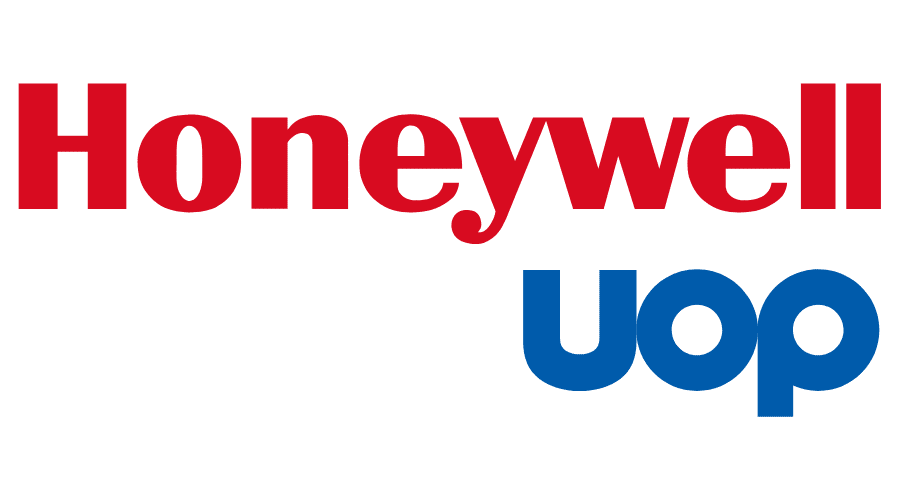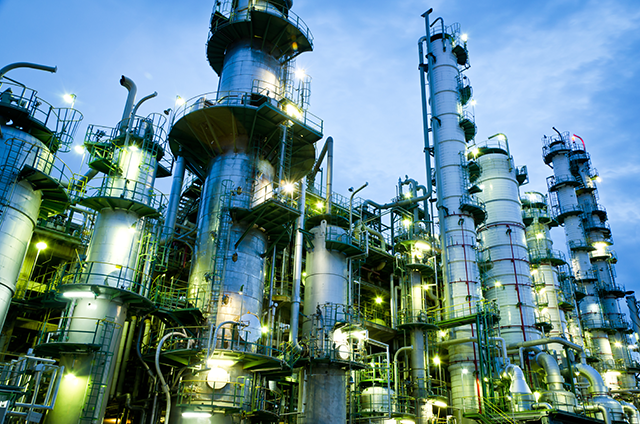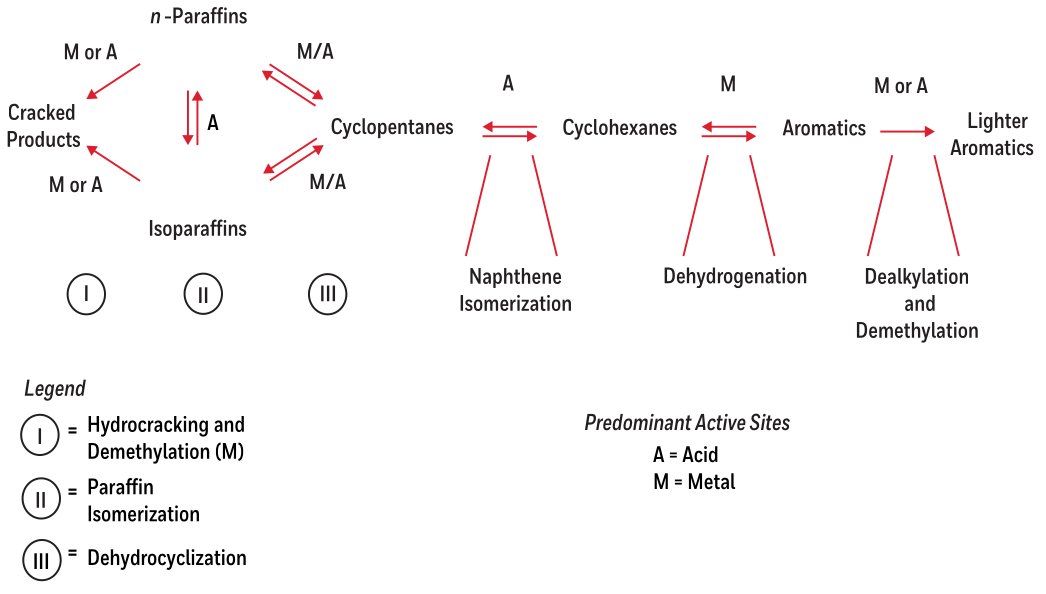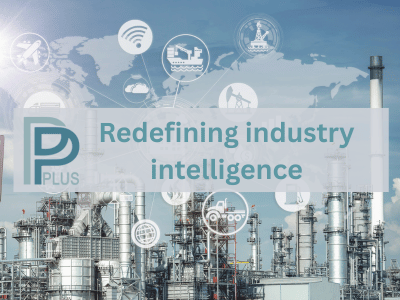Technology

- Name
- UOP CCR Platforming
- Owner
-
/ Honeywell UOP - Brand
- UOP CCR Platforming™
- Process
- Fuel Processes
- Type
- Catalytic Reforming
- Available
-

- #TE280
Description
Your insights will be shown here
| Entity | Site (Country) | Asset (Plant) | |||
|---|---|---|---|---|---|

|

|
|
CCR Unit | ||

|

|
|
CCR | ||

|

|
|
Naphtha Reformer | ||

|

|
|
CCR | ||

|

|
|
Naphtha Reformer 1 | ||

|

|
|
Naphtha Reformer 2 |
Content provided by
| Transaction | Name | Date |
|---|---|---|
| Modified by |
|
4/25/2025 8:31 AM |
| Added by |
|
11/24/2024 2:14 PM |










